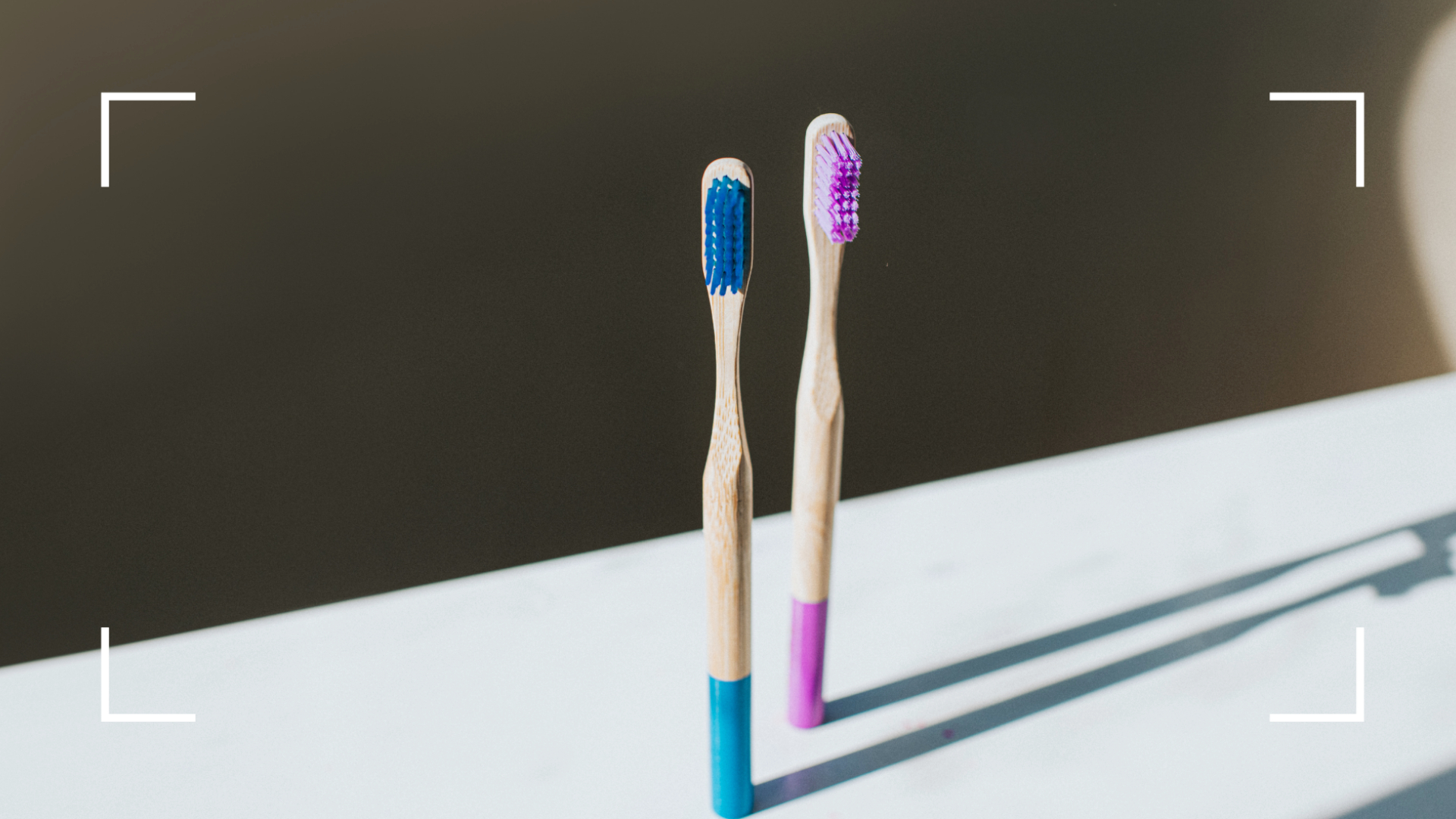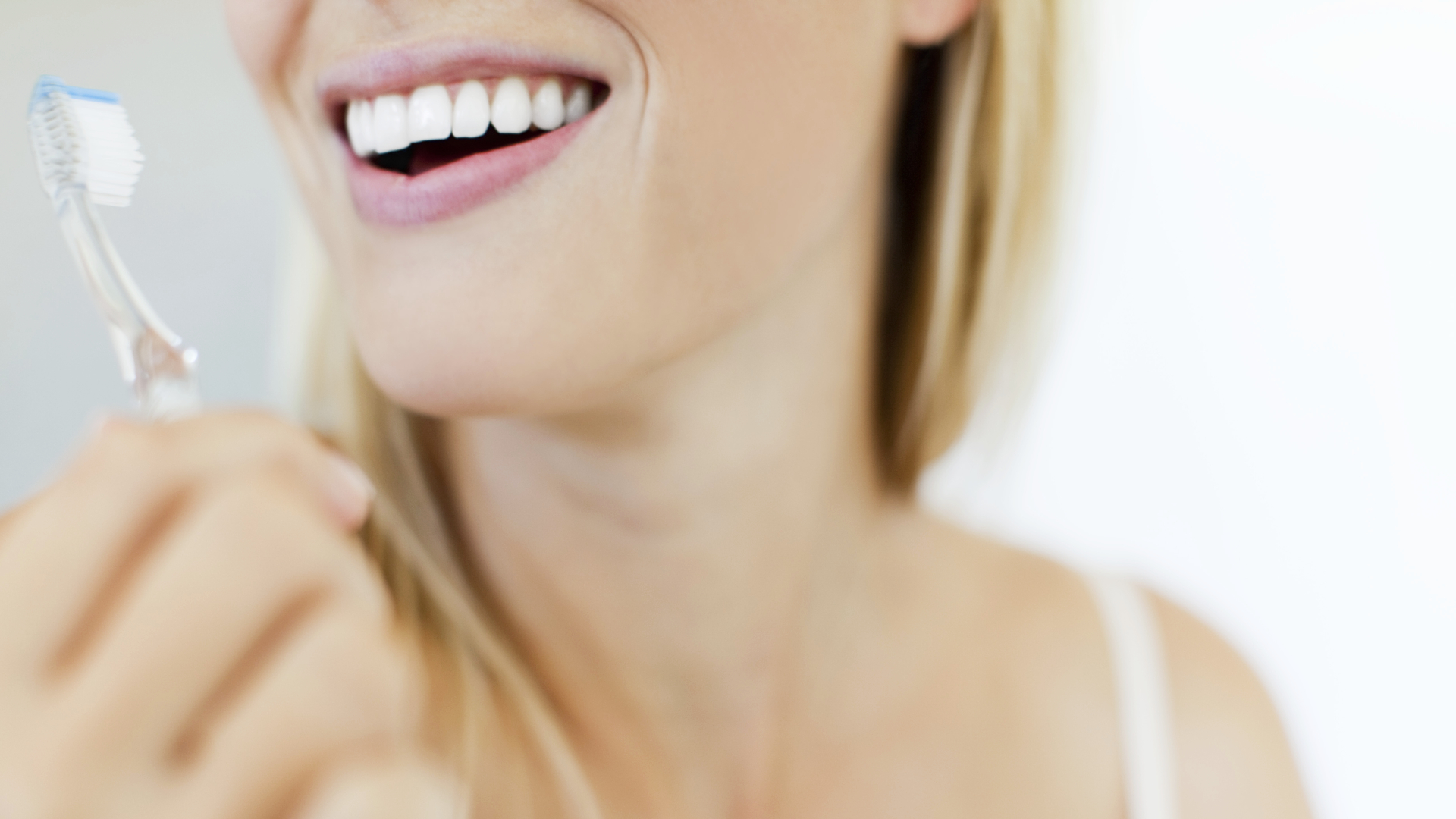How to brush your teeth properly for a whiter and healthier smile—10 tips from dental experts
Are you brushing your teeth as well as you could be? Tweaking your technique could make all the difference


Brushing your teeth is easy, right? Well, mastering how to brush your teeth properly takes a little more thought and technique than you may realize. We quizzed the experts on best practices when it comes to brushing your teeth, and the good news is, their advice is very simple to follow.
Good oral hygiene is important for everyone, but especially for people over 40. Quickly running a toothbrush over your teeth and calling it a night isn’t going to cut it. Dental health impacts your overall health, so it’s essential that you learn the recommended methods—and buying the best electric toothbrush is also a great place to start.
How to brush your teeth properly
What are the most important brushing techniques to keep in mind? We talked to experts about how long you should brush your teeth and other tips and tricks for healthy teeth and gums.

- Brush twice a day—brush in the morning when you wake up, as well as at night before bed. “It's important to brush twice daily because otherwise, the plaque has a chance to accumulate and harden into tartar that can't be removed by brushing alone,” advises Dr Paul Springs, a prosthodontist at Timeless Dentistry told w&h.
- Brush for two minutes at a time—“You must ensure that you brush for two minutes with gentle pressure to make sure that you cover all the areas of your teeth and gums,” says Dr Ruth Baidoo, private dentist and brand ambassador for Waken Mouthcare. Set a timer to keep track, if you need to.
- Brush your teeth in sections—to make sure you give every part of your smile equal attention, Dr Saul Konviser, dentist at Montagu Dental, advises his patients “to split their mouth into quarter—top left, top right, bottom left, and bottom right—and then spend 30 seconds on each quarter.”
- Brush in small circles, at a 45-degree angle—many people brush their teeth with a back-and-forth motion, but that isn’t the best method. To cover a greater surface area, Dr Springs recommends brushing in small circles. He also says to hold the toothbrush at a 45-degree angle to maintain the right pressure and to effectively clean along the gum line.
- Use very gentle pressure and a soft-bristled brush—you might think that brushing with more pressure can help clean your teeth more deeply, but this actually will do more harm than good. Excessive pressure or “hard bristles can badly damage gums or wear down enamel over time, making your teeth more sensitive and yellow,” explains Dr Springs.
- Brush all sides of each tooth—it’s important to brush every part of every tooth. Make sure you get the ”front, back, and chewing surface,” says Dr Springs.
- Use ADA-approved toothpaste—“Always use toothpaste with an American Dental Association (ADA) seal in order to be sure that the claims it makes have been verified and its ingredients are safe,” recommends Dr Springs. The ADA is the leading dental health organization in the US.
- Incorporate other oral care practices—just brushing—even if you brush spectacularly—is not enough. “Brushing should be done in addition to interdental cleaning with dental floss, as well as a mouthwash that contains fluoride,” says Dr Konviser. Performing these tasks after brushing will help to get any loose particles that you miss while brushing.
- Be wary of “teeth whitening” toothpaste—when you try to brighten up your teeth with whitening toothpaste, you might end up with the opposite effect. “Many toothpastes claim to ‘whiten teeth’. However, this can be misleading. When we say ‘whitening,’ most people are thinking of the term ‘bleaching',’” explains Dr Konviser. “A number of pastes have abrasives in them to remove staining, which can cause areas of wear on the teeth. Patients then try to brush extra hard to remove those stubborn stains. Before you know it, they have worn their dental enamel away and the teeth actually look more yellow as the underlying dentine becomes more visible,” says Dr Konviser. Therefore, teeth whitening toothpaste might actually cause more harm than good.
- Rinse your mouth with water after consuming certain foods and drinks—“I would encourage patients who consume a lot of food and drinks that stain—such as tea, coffee, red wine, blueberries, beetroot, or turmeric—to try and get into the habit of rinsing with water to wash their teeth afterward,” says Dr Konviser. “I certainly would not, however, encourage brushing straight after acidic drinks, as these are very abrasive to the teeth. If anything, brushing immediately will cause more harm than good.” Instead, a quick rinse can go a long way toward keeping your teeth healthy and clean. (If you want to know more about this, read our guide to teeth whitening and coffee for more detailed advice).
Why is proper brushing so important?
We’ve known ever since we were children that it’s important to take good care of our teeth. We’re supposed to brush twice a day, floss, use mouthwash, and go to the dentist regularly. It can be time-consuming, but it’s non-negotiable for a healthy smile. But what happens if you don’t brush your teeth? Experts explain why learning how to brush your teeth—and then brushing them well—is so essential to our health.

- Poor oral health can impact overall health—“Brushing your teeth cleans them of food particles and plaque,” explains Dr Springs. “The bacteria in plaque make the environment inside your mouth more acidic, which causes tooth decay, yellowing, and gum disease,” These problems not only make your teeth look worse, but they also can cause serious health conditions. ”Gum disease is especially dangerous because it leads to persistent inflammation, which makes chronic illnesses like diabetes and cardiovascular disease, more likely over time,” says Dr Springs.
It's a sobering thought that gum disease can lead to other chronic illnesses in different parts of the body. It’s particularly important to keep in mind that as you age, these risks only increase. As well as good brushing, techniques like oil pulling and regular flossing can help maintain good dental hygiene. Crowding can also be a culprit for plaque build-up, which can be rectified with a brace. Take a look at our guide on Invisalign vs braces if you want to weigh up the options. - Brushing well maintains a healthy smile as we age—It's particularly important for those over 40 to keep up with good oral hygiene habits. “As people get older, the most common changes to teeth include stained and darker-looking teeth, receding gums, and tooth-wear,” says Dr Baidoo. “Tooth-wear is loss of tooth substance caused by a means other than dental decay. Therefore, the older you get, the more important it becomes to take good care of your teeth. You’ll be fighting off problems that are much more likely to strike."
Furthermore, “Older patients tend to have had more dental work in their mouths,” like fillings, crowns, cosmetic procedures, or oral surgery, explains Dr. Saul Konviser. “These are areas that especially need to be maintained, as they can fail and cause more problems if not kept clean.”
If you are in your 40s or above, chances are you’ve had some dental work done in your lifetime. You need to maintain good oral health to make sure the solutions in place continue to last, as replacing them can not only be costly but also weaken the teeth further.
woman&home thanks Dr Paul Springs of Timeless Dentistry, Dr Ruth Baidoo of Waken Mouthcare, and Dr Saul Konviser of Montagu Dental for their time and expertise.
Sign up for the woman&home newsletter
Sign up to our free daily email for the latest royal and entertainment news, interesting opinion, expert advice on styling and beauty trends, and no-nonsense guides to the health and wellness questions you want answered.
Ciara McGinley is a meditation practitioner and health journalist. She qualified as a meditation teacher with the British School of Meditation in 2020 and is the founder of Finding Quiet, a series of classes, workshops and retreats that combine meditation practices and mindfulness techniques to make mindful living realistic in an always-switched-on modern world. She is all about bettering that mind-body connection but believes wellness looks different to everyone.
Ciara is also the former Health Channel Editor at woman&home and has covered all things health and wellbeing for years, from fitness to sleep to relationships.